
What Is Tokenomics In Cryptocurrency
All cryptocurrencies function within a system with its own rules and principles of work, which is called tokenomics. It not only explains how tokens operate but also determines the project’s success. For this reason, it is so essential for any investor to understand the principles of tokenomics to be able to identify the most promising asset.
Keep reading this article, and you will learn more about tokenomics, including its goals and main elements. We'll also look at tokenomics using Solana as an example to give you a better understanding of how it works.
What Is Tokenomics?
The word tokenomics is derived from the terms “token” and “economy” and literally describes the economic aspects of a cryptocurrency. Tokenomics includes a set of elements that characterize a token, ranging from supply and distribution to utility and liquidity. To make it clear, the relationship between a token and its economy can be visualized by a simple principle: if a token has high utility and a thriving ecosystem, its value is likely to grow vigorously. If utility is low, especially in a saturated market, the value will fall.
What Is The Purpose Of Tokenomics?
So what is tokenomics for? There are several reasons:
-
Evaluates the asset’s prospectivity. Tokenomics determines the supply and demand of a token; this helps investors make an assessment of its long-term value.
-
Influences the scarcity or surplus of the asset. This is done through the distribution of tokens between investors and the team, as well as the burn mechanism.
-
Enhance network security. If the tokenomics of an asset is well structured, it can encourage user behavior to participate more actively and ensure the sustainability of the project. If there are gaps in the tokenomics, imbalance and failure of the project can occur.
The role of tokenomics is not limited to the factors listed above; it is much broader. It depends largely on the various elements that make up the system. We talk about them further on.
Main Elements Of Tokenomics
Tokenomics consists of components that determine the sustainability and perspectives of a crypto, and its value and functionality in the ecosystem directly depend on it. Here are the elements of tokenomics in detail:
-
Supply. This is the total number of tokens that will ever be created. This amount can be deflationary (for example, Bitcoin's limit of 21 million coins) or inflationary, where new coins are minted over time. The parameter is also about the circulating supply, meaning the number of tokens that are publicly available at the moment. Supply determines demand and the value of the asset.
-
Distribution. This parameter describes how tokens are spread among the development team, investors and the community. Distributing tokens fairly helps prevent centralization.
-
Utility. This is the function of the token or the scenario of its use in the ecosystem. Assets can serve as a medium of exchange, a means of payment, a store of value, or a governance mechanism. Thus, utility determines the demand and acceptance of a token in the market.
-
Rewards. In any token ecosystem, there are incentives that motivate participation in the network. For example, these can be rewards for staking or mining. The purpose of such rewards is to retain and utilize tokens longer, as this secures the network.
-
Governance. The parameter defines the way decisions are made in the ecosystem, including voting and community participation. The token holders can vote on decisions such as protocol updates or other changes within the system.
-
Burning. Some projects have a burning strategy where tokens are intentionally destroyed. This is done to reduce the total supply, thereby increasing the scarcity and the value of the remaining tokens.
-
Liquidity. The term refers to the ease with which a token can be bought or sold without significant price fluctuations. The higher the liquidity level, the easier it is for users to enter and exit the market with minimal slippage. This further contributes to the stability of the market.
Having considered each element of tokenomics, let's understand how they work, using the example of the popular cryptocurrency Solana.
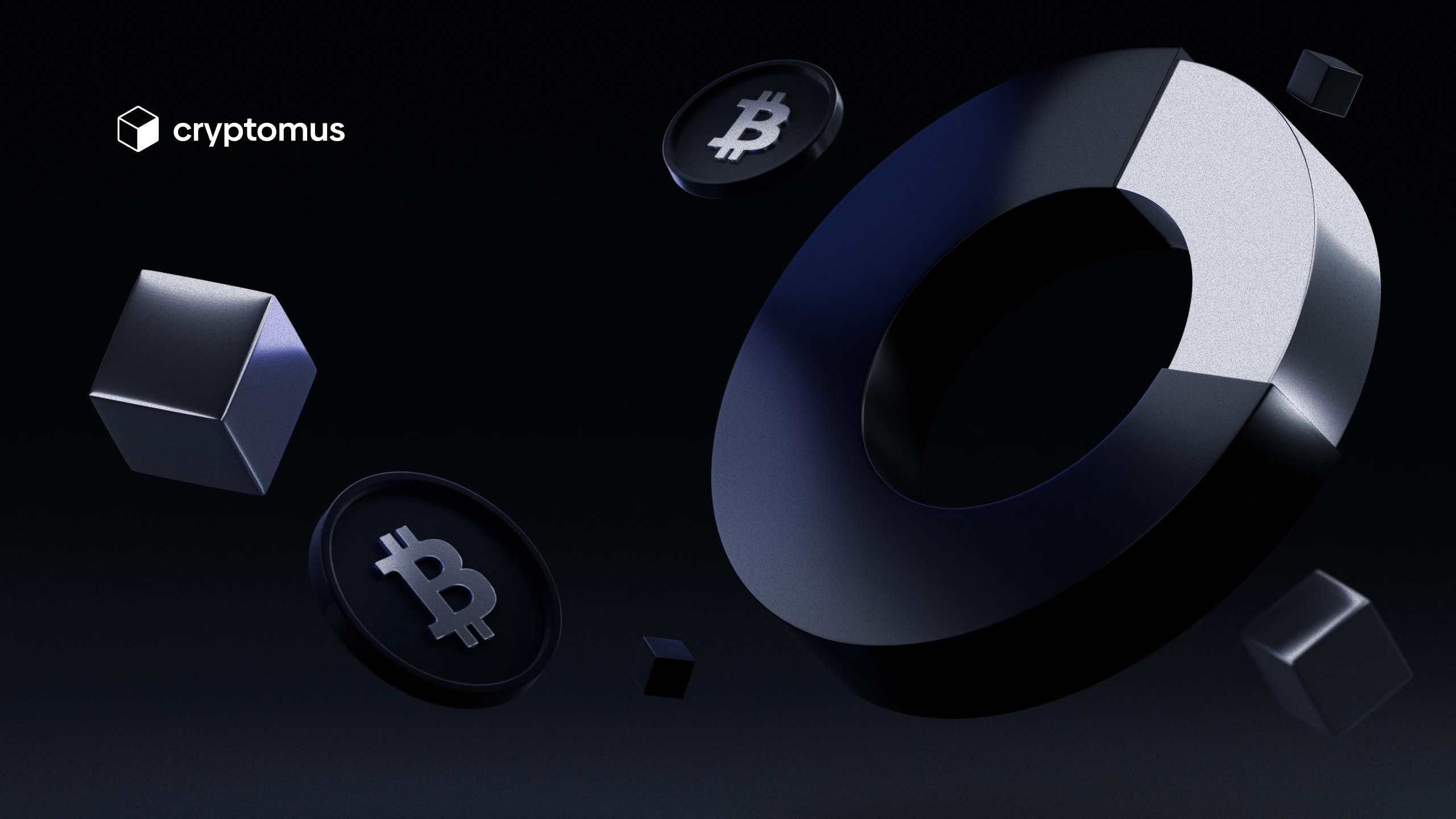
Example Of Tokenomics (SOL Token)
Solana's tokenomics is one of the most carefully designed on the market. All its parameters form a unified structure aimed at scalability and further growth of the native blockchain token, SOL. Now, more details about each of the components.
Supply
The total SOL token supply at launch was 500 million tokens. At the same time, Solana uses an inflationary model, meaning that new tokens are issued, but only as a reward for validators and token holders. Thus, as of March 2025, the total stock of SOL tokens is over 596 million, and the circulating supply is 510 million tokens.
Digging deeper into the said model, Solana's initial inflation rate was 8% but each year it decreases by 15% of the current inflation rate; it does so until it reaches the long-term rate of 1.5%. This supply strategy aims to incentivize participation in the network and manage the total number of SOLs. Speaking about the current inflation rate of Solana, it is approximately 4.6%.
Distribution
SOL token distribution involves spreading to several groups. Firstly, 12% of the total funds are distributed to the project founders and team. Secondly, 38% is relied on by investors, including the Solana Foundation, strategic partners, and private traders. Thirdly, the remaining 50% is intended for the network community and as rewards for validators and stakers. To manage token issuance, Solana uses a timeline, where a distribution can take several months or years.
Utility
The SOL token is used for several purposes. Like many other tokens, SOL can be used to pay transaction fees on the Solana blockchain. Also, token holders can vote for protocol updates on the network. Moreover, thanks to the Proof-of-Stake (PoS) mechanism, SOL tokens can be used for staking and rewards. Solana also supports decentralized applications (dApps) and NFTs, where the token is also actively utilized.
Rewards
As we said, Solana involves rewards through staking. For example, validators can receive interest for verifying transactions, while stakers can get rewards for blocking tokens and participating in network security. Moreover, there are ecosystem grants and funding for Solana developers to create dApps, incentivizing them to actively participate in the network development.
Governance
We also mentioned this already: with SOL tokens, their holders can participate in decision-making. Thus, they have the right to vote on protocol updates or changes to network rules. It is also worth mentioning about validators, who play a key role in ensuring consensus and network protection by hosting tokens.
Burning
The burning mechanism in the Solana ecosystem applies to transaction fees. It works like this: part of the commission, usually in the amount of 50%, is burned (destroyed), which reduces the total supply of tokens over time. This is related to the nature of Solana, which is approaching deflationary. It is especially true during periods of high network usage.
Liquidity
Solana has one of the highest liquidity on the market due to its presence on a variety of exchanges. Trading this asset attracts investors due to a more stable price compared to many others on the market, as well as due to the high transaction speed (65,000 TPS) and cheap fees (approximately $0.00025 per transaction). An equally important contribution to liquidity is the opportunity to stake and actively participate in the network.
As you can see, tokenomics is multifaceted, but it's not that complicated if you figure it out. The advantage of this system is that it gives you an understanding of a particular coin and its capabilities, helping you make a decision about investing in a particular asset. We hope that we have managed to explain the concept of tokenomics, and now you can easily choose a cryptocurrency for work using new knowledge. If you still have any questions, leave them in the comments!
Rate the article
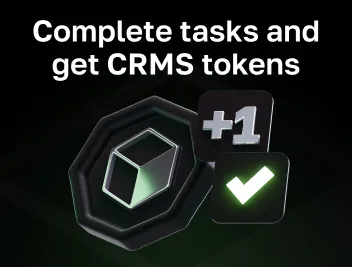
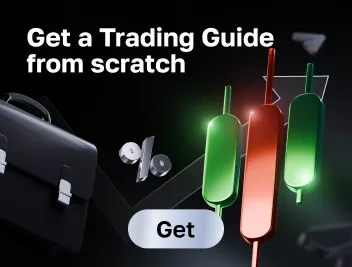
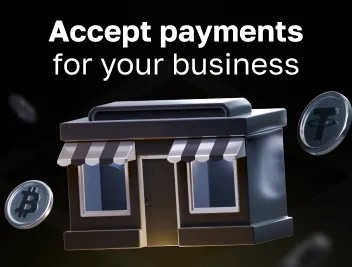
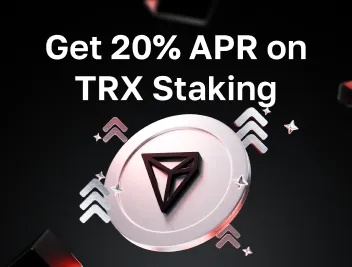


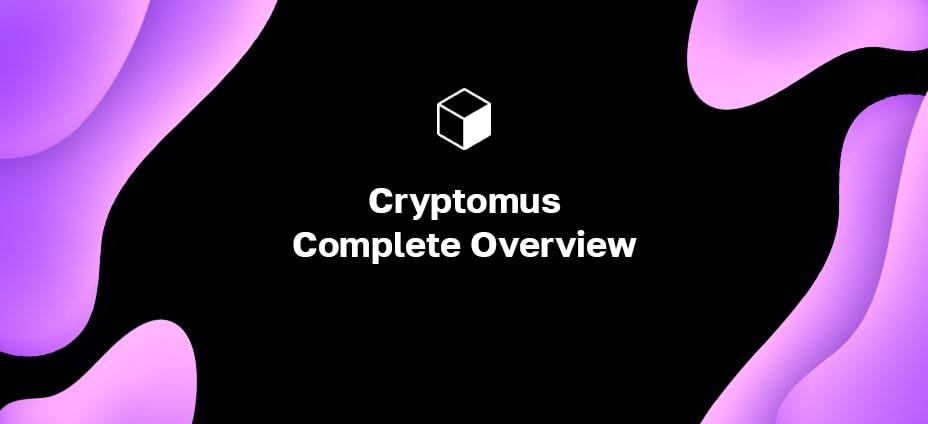

comments
0
You must be logged in to post a comment